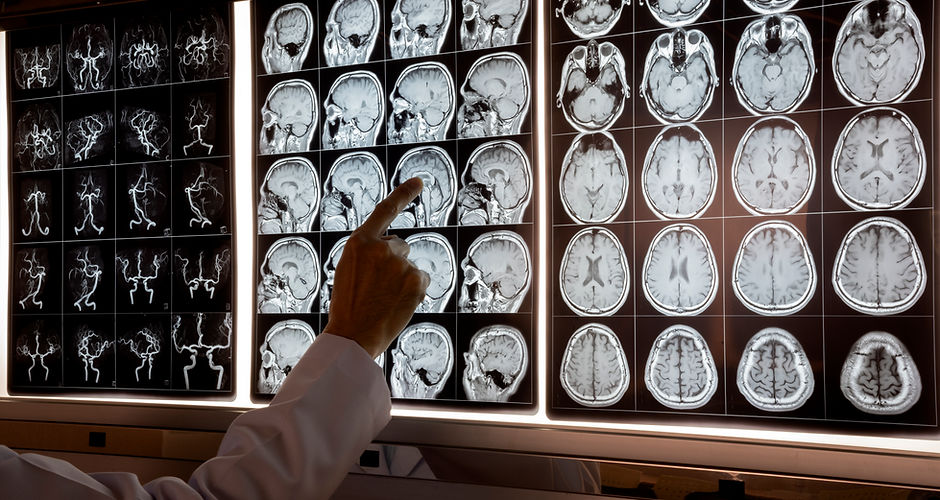
Plexus Neurology
Serving the Illawarra, Shoalhaven & Southern Sydney
Services
Botulinum toxin clinics - Botox, Xeomin
Nerve conduction studies - NCS, EMG
Clinical consultations - Limited availability due to demand

A/Prof John Carmody
MB BCh FRCPI FRACP PhD
Consultant neurologist & neurophysiologist
Dr John Carmody graduated from medical school in Dublin, Ireland in 2001. He completed this neurology training in Sydney shortly afterwards. Since arriving in Wollongong as a neurologist in 2009, he completed a PhD under the supervision of Prof Don Iverson and A/Prof Victoria Traynor. This led to national and international peer-reviewed publications on the topic of dementia and driving safety.
Over a 10 year period, as a Staff Specialist at Wollongong Public Hospital, he served as Head of the Neurology Department, introduced the first 24/7 acute stroke thrombolysis service, chaired the General Clinical and Training Committee for 5 years and was awarded 'Consultant of the Year' by junior doctors on 3 occasions. As an Associate Professor at the University of Wollongong (UOW) medical school, Dr Carmody provides lectures to local medical students. A former National and Local Examiner for the RACP, he examined junior doctors throughout NSW. As a member of the ISLHD-UOW Human Research Ethics Committee (2013-2015), he assessed local/regional medical research studies. Dr Carmody also served as a member of the RACP Foundation Grants Advisory Committee (2015-2017). This role involved appraising applicants on their suitability for nationally competitive medical research grants.
Botulinum Toxin Clinics
One of the busiest dedicated Botox clinics in the region.
A wide range of conditions are treated. Much of the cost is often subsidised by Medicare.
Conditions treated include:
migraine
blepharospasm
hemifacial spasm
cervical dystonia
cerebral palsy
bruxism (teeth grinding)
excessive sweating
excessive saliva
spasticity (e.g. post-stroke)
facial synkinesis (e.g. post Bell's Palsy)
trigeminal neuralgia
Frey's syndrome
tremor

Call to schedule an appointment with our reception staff
Contact Details
Address: 2/28 Mercury Street
Wollongong NSW 2500
Australia
Email: plexusneurology@gmail.com
Tel: 02 4201 0531
Fax: 02 4210 7392
